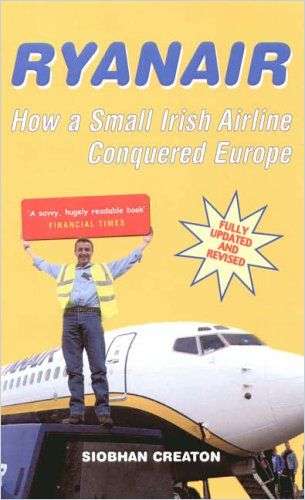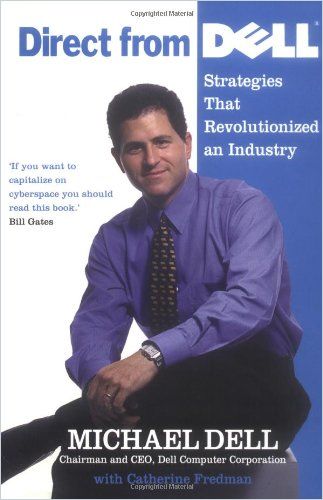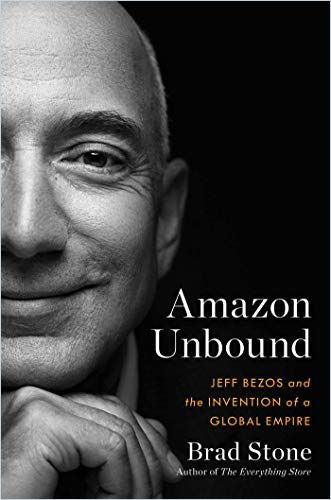“Look, We Have Made It!”

Do you ever wonder what cover photographers might say to people? “Sam, why don’t you put on that ugly baseball cap we exclusively produced for the shooting? It demonstrates your closeness to normal!” Or, “Can you please hold the sign higher, Peter? When the intern mounts you in front of the airplane stock photo later, you don’t want the message hanging in the engine!” Or, “Hey, Michael, please quickly put on your lilac shirt with the bib tie to fit nicely with the pun in the title.”
The list is endless. You could wallpaper entire ghost trains just with book covers of big company biographies – that’s how shocking they are.
Nonetheless, anyone who gets past the cover sometimes actually learns something worth knowing. It’s often not a matter of “how it’s done,” but rather “what it’s better not to do.” With this mind-set, many reasonable conclusions can be drawn, even from supposedly outdated books.
Here are some outstanding examples from our library.
Ensuring Success: IBM
We all know that the many different shades of blue are the weapons of choice for corporate colors, guaranteed not to make anyone feel bad. Long before getAbstract, IBM – the “Big Blue” – had already figured that out. But just for how long is quite astonishing. Especially when so many business models and companies are going down the drain, we can learn a lot from the American tech company.
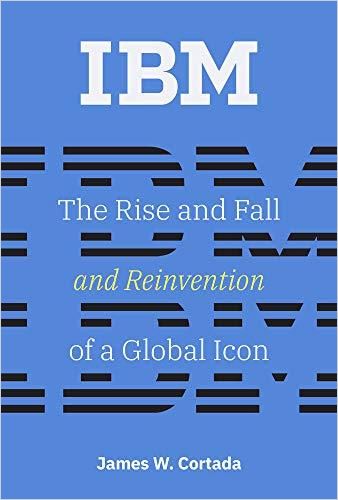
Your Take-Aways:
- From technology to HR practices, IBM left a huge footprint on the international corporate world.
- The US government conducted the 1890 census using punch-card technology and automation developed by the company that ultimately became IBM.
- After World War II, IBM engineers explored advanced electronics and information processing technology that led to the development of IBM computers.
- From the mid-1960s to the late 1980s, IBM’s family of System/360 computers and other IBM products dominated high tech. The company captured 60% of the US mainframe computer market and up to 80% of other markets around the world.
- Today, with operations in nearly 180 countries, IBM is the world’s largest software vendor.
- The main characteristic of IBM’s durability is not necessarily its technological pioneering role, but its permanent reinvention of the business. It is not for nothing that the company’s standout executives are not referred to as CEOs, but as IBM’s first to fourth “founders.”
Starting Over: LEGO
Many biographies of company founders begin in the children’s room: There, little Cliff and little Celine are said to have been particularly creative. LEGO’s biography almost not only began but also ended at that point – because of something many people don’t know: that the building block empire of today’s toy giant almost collapsed.
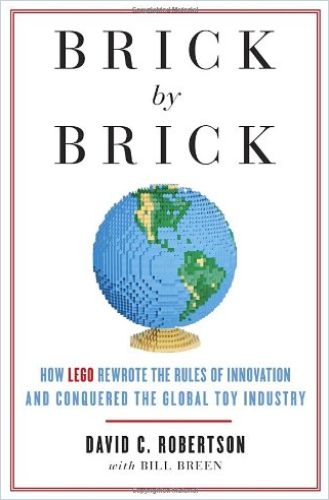
Just like in contemporary children’s rooms, the company’s leaders only cleaned up the mess to a limited extent and simply let the employees build without a clear plan. It should have been obvious that this would not turn out as well as an 800-piece Millennium Falcon built according to instructions – or at least one could have found out from annoyed parents.
Your Take-Aways:
- Ole Kirk Christiansen founded LEGO in 1932 to manufacture wooden toys.
- The Danish company patented its legendary plastic construction brick in 1958, and Lego continually operated in the black until 1998.
- To compete with electronic toys and spurred by misguided adherence to popular best practices, Lego embarked on several years of relentless but undisciplined innovation.
- The effort nearly destroyed the company in 2003. New management arrived in 2004 and redirected Lego toward careful, cost-conscious innovation.
- It focused initially on ensuring the company’s survival through cost-cutting and rebuilt a profitable core of offerings, partly drawing on crowdsourced ideas.
- Lego tried known best practices: cultivating diversity, finding new markets, focusing on customers and emphasizing innovation.
- It reignited growth by adapting these strategies to its culture and adding new products.
- Lego emerged from the turnaround and became not only the most profitable, but also the fastest growing company in the global toy industry.
Inventiveness: Dyson
His name is Dyson, James Dyson. Vacuumed, not stirred. So, if you’re looking for an exciting account of an inventor who took on everyone over the years, went through fire for his ideals, and ended up supplying half the world with his premium products, read this book! The stories it contains, especially the descriptions of inspiration or frustration – are refreshing in this theoretical age, as is his advice on creating and marketing innovative products. Dyson’s book proves that a vital place still exists for individual vision and old-fashioned perseverance.
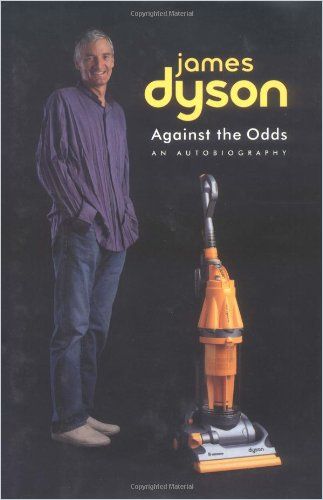
Your Take-Aways:
- Innovation doesn’t happen in a vacuum. It happens from observing life and trying new things, over and over.
- Don’t get caught up in looking for the one big breakthrough. A lot of little improvements will do just as well.
- People can only understand one new idea at a time. Many people can’t even see the new, because they don’t understand it.
- If you create something genuinely new, don’t try to make it look like everything else. Let the design of an object flow from its engineering.
- If you built something, you know it better than anyone else. That means you should be involved in selling it.
Perseverance: Uber
Unlike Dyson, who was desperate to launch a better product of which there were already thousands – which worked only slightly worse – Uber’s major success resulted from the nonexistence of a much-needed good – taxis on demand. Uber’s founders Garrett Camp and Travis Kalanick first met at a Hawaii tech conference in 2007 and later became travel companions. Camp was the founder of the start-up StumbleUpon, which he subsequently sold to eBay for $75 million. According to Uber company lore, Camp and Kalanick found they couldn’t get a cab in a blizzard in Paris. This prompted Uber’s core idea: “Tap a button, get a ride.”
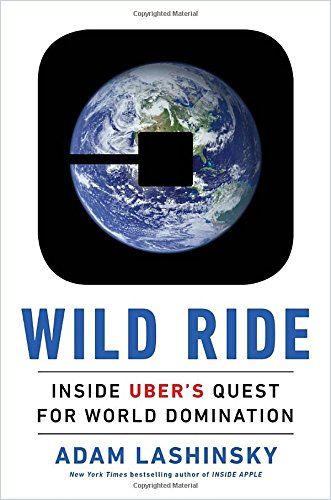
Your Take-Aways:
- Uber (and some other digital start-ups) operate on a central trick: Put other people’s property to work.
- If the initial idea is a smartphone-based limo service in one location, it can still become a billion-dollar business around the world – as long as you develop the idea further.
- Competition with Lyft cut into Uber’s profits but helped the company evolve beyond a town car service.
- Learn from competitors and your own conceptual failures instead of simply admitting defeat when setbacks occur – both are actually the best thing that can happen to you!
Simple Strategies: DHL
One thing that stands out when reviewing recent company biographies is that you don’t have to be a digital native to put a global company on the path to success: Ken Allen was born in Yorkshire, England. His father was a coal miner. Allen had never applied himself in school, and he became a father at 19. This made him seek positions where he could get ahead for his family. So, he took jobs that led to traveling all over the world. Allen found his strength as a “natural troubleshooter”: Where other people avoided problems, he turned them around.
Those qualities eventually brought him to DHL, just when the company had significant problems in the US market – and was looking for someone to solve them.
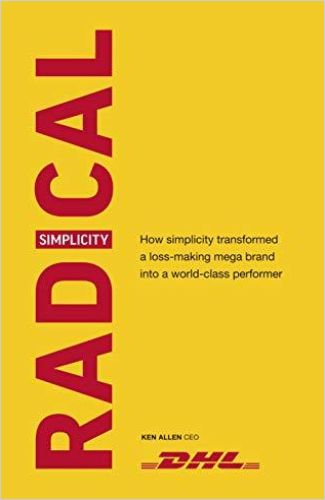
What Allen did doesn’t sound that difficult: He went to the places where the problems were and looked for the people who could best fix them. And he made them fix them. This “secret” is a key skill, which – although actually obvious to everyone – can be learned by anyone who is willing enough.
Take-Aways:
- Desk jockeys don’t solve problems.
- Go out, round up the people at a trouble spot – and solve the problem with them.
- Try to see things as simply as possible. I.e., if a package doesn’t go now, my customer X will be mad at our service tomorrow and won’t use it anymore. Let’s change that!
- A failed marriage due to too much traveling around doesn’t have to be the end of your world.
Read more of what made Ken Allen successful in our exclusive interview:
The Service End of Business: GE
Remember the gags above about the photographers’ sayings at the books’ cover shoot? Here’s one more: “Jack, that Shutter Island casting is two doors down the hall…,” the photographer said.
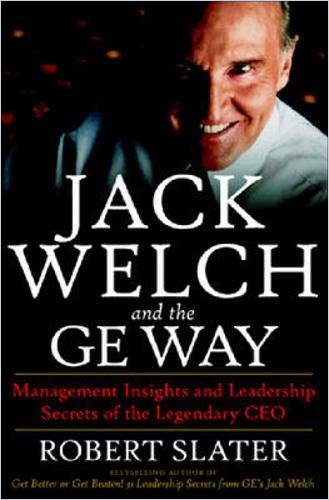
Hardly any entrepreneurial personality has been written about more over the years than Jack Welch – getAbstract also has done a feature on all the books by and about him (and some other tough fellas) that are worth reading:
At the same time, Welch remains a personality who seems shady to many contemporaries, not tangible, almost uncanny. A perfect cast for Shutter Island, right? Find out what you can see on Jack’s big screen in:
Your Take-Aways:
- Simplify your business as much as possible. Don’t overcomplicate it. Business is essentially simple. Fight bureaucracy.
- “Act like a leader, not a manager.” Manage less. By doing so, you manage better.
- Always ask the famous Peter Drucker question: “If you weren’t already in the business, would you enter it today?”
- If the answer is no, Welch’s motto is to fix it, close it or sell it. If the answer is yes, you want to be number one or number two in the industry.
- De-layer your organization: Remove whole layers of management.
- Get rid of conventional rigid budgeting. Instead of thinking about how little money there is, find new ways of spending it.
- Focus on the service end of the business.
Company Culture: Southwest Airlines
When San Antonio entrepreneur Rollin King approached lawyer Herb Kelleher in 1966 with the idea of creating an airline to fly among Dallas, San Antonio and Houston more cheaply and more comfortably than the existing carriers, Kelleher told Rollin that he was crazy – and then said, “Let’s do it!”
It was the beginning of an airline that still stands out today – in many ways. Whether it’s about zeitgeisty issues like company culture or the perpetual fight against too much bureaucracy in the company, whether it’s about outstanding service or keeping the costs for it low, the history of Southwest Airlines points the way.
The company’s bio Nuts, by the way, is also a great example of how it’s not just the underlying story of a company that can be groundbreaking, but also how it’s crafted into a book. This is appealingly written, gathers anecdotes not just for the sake of lightening things up, and offers plenty of help and illustrative material beyond the story for those interested. For this reason, we particularly recommend not only studying take-aways and summaries but also reading this classic in its entirety.
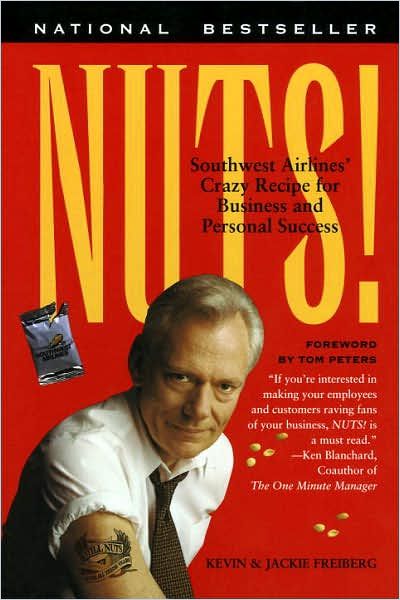
Take-Aways:
- Do not be afraid to take a different path if you see it is better.
- You can teach your employees what they need to know, but you cannot teach attitude. Hire only those who already have the right attitude for your company.
- Fight to stay small. Root out bureaucracy. Stamp out complacency.
- Foster learning. Modern organizations must learn about changing technology.
- Don’t assign blame when a plan fails. Instead, congratulate the attempt.
- The benefits of innovation outweigh the risks of a few mistakes.
- Fight hard to keep your company’s culture young and vital.
- Celebrate your people to build the kind of family culture Southwest has cultivated.
- Your employees are your company. Support them.
Can’t Get Enough of Company Biographies?
Well, this way!



